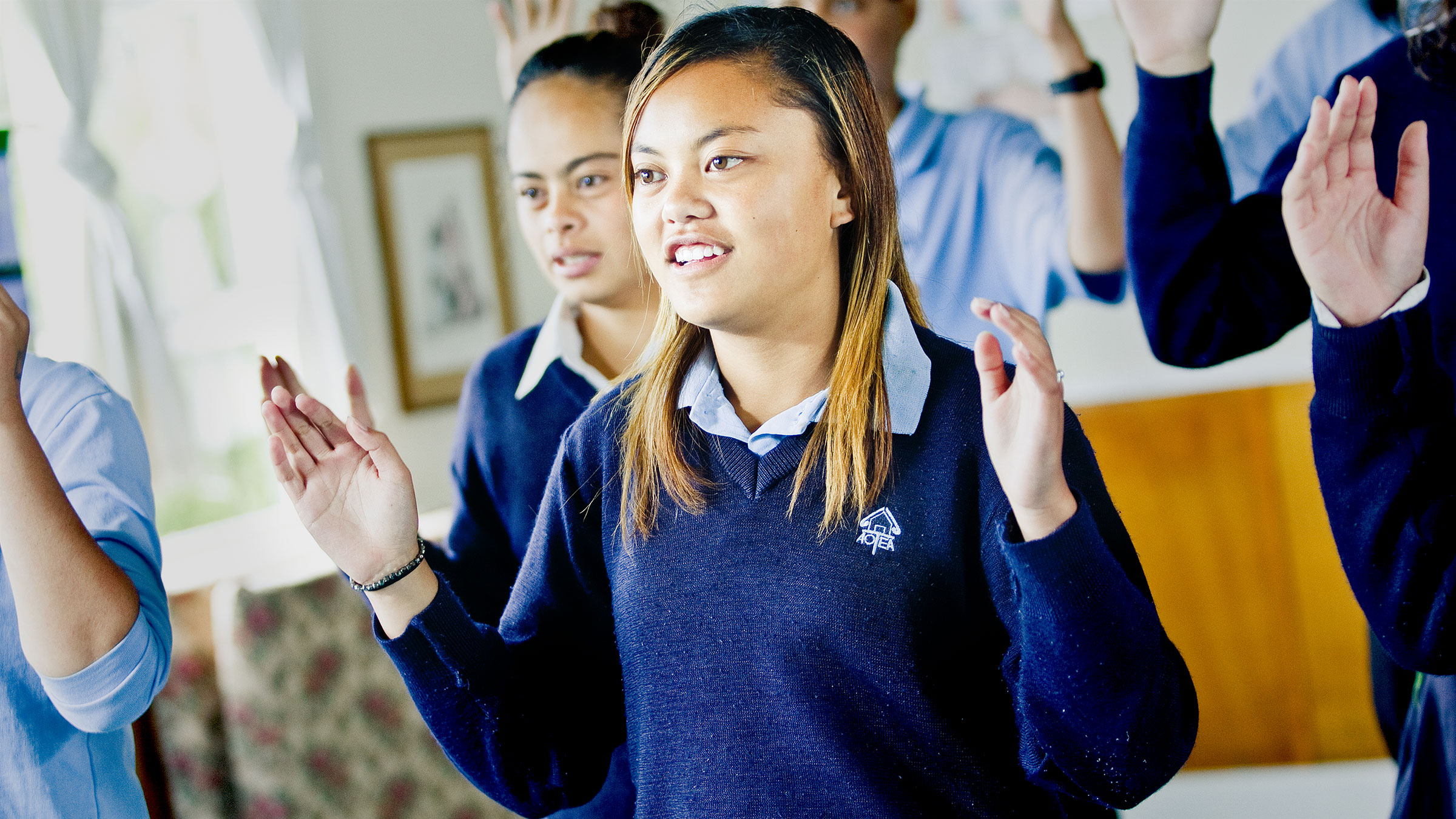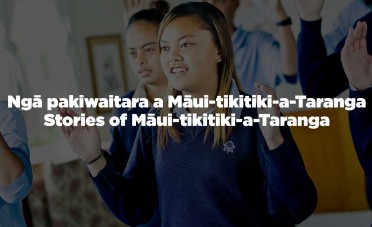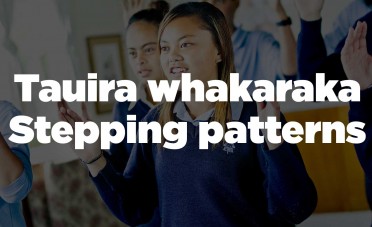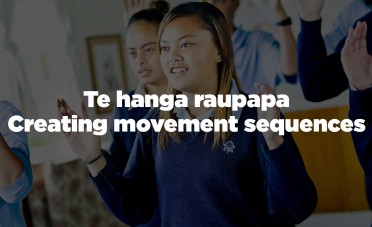Te kori me te puoro | Music and movement offers ākonga an exciting opportunity to research, choreograph, and perform dances, tauira whakaraka (stepping patterns), and te hanga raupapa (movement sequences).
Exploring te ao kori
Exploring te ao kori activity collections.

Include hapū, iwi, and mana whenua
Techniques, tikanga, and popular waiata for te kori me te puoro vary between hapū and iwi. Acknowledging mana whenua in your area, and ensuring the relevance of waiata and steps, can begin with conversations and partnerships with ākonga and whānau who bring expertise to the classroom. If you have no Māori whānau, or hapū or iwi connections, within your school, seek introductions to Māori communities through Kāhui ako/school networks, or talk to the strategic advisor Māori at your regional Ministry of Education office.
Whakapapa
In celebration of the coming of summer, Tānerore (the creator of haka, also known as Tamarore) personified many forms of posture, dance and movement. He quivered his hands to represent the shimmering heat waves that rise from Papatūānuku when heated by his ancestor Tamanuiterā in raumati (the summer season). The wiri (quivering of the hands) is a fundamental part of Māori movement, and when displayed in haka, it makes the movements deceptive which is essential to the art of combat.
Tikanga
Music has always been an integral part of te ao Māori. Māori relied on song to express their feelings, and music and song was also used to pass on everyday information.
It is recommended that kaiako ensure authenticity and cultural appropriateness of waiata and haka. Iwi have different dialects, tikanga and practices to follow.
Te reo Māori vocabulary
- Ka pai – good! well done
- Kaea – leader
- Kapa haka – performance group
- Kia tau – stop, settle
- Moko – tattoo on the face or body
- Piupiu – move to and fro, wave about
- Pūkana – open the eyes wide and dilate the pupils (men and women)
- Taihoa – wait, hold on!
- Takahi ki mua – move forwards
- Takahi ki te taha matau (katau) – move to the right
- Takahi ki te taha mauī – move to the left
- Takahi whakamuri – move backwards
- Takahia – use the takahi step
- Tīmata – start, begin
- Wiri – quiver
Activities
-

Ngā pakiwaitara a Māui-tikitiki-a-Taranga
Develop kanikani (dance) in response to the pūrākau of Māui-tikitiki-a-Taranga.
-

Tauira whakaraka
Explore and identify tauira whakaraka (stepping patterns) used in kapa haka.
-

Te hanga raupapa
Te hanga raupapa (create movement sequences) in response to a variety of dramatic themes.